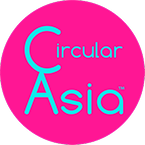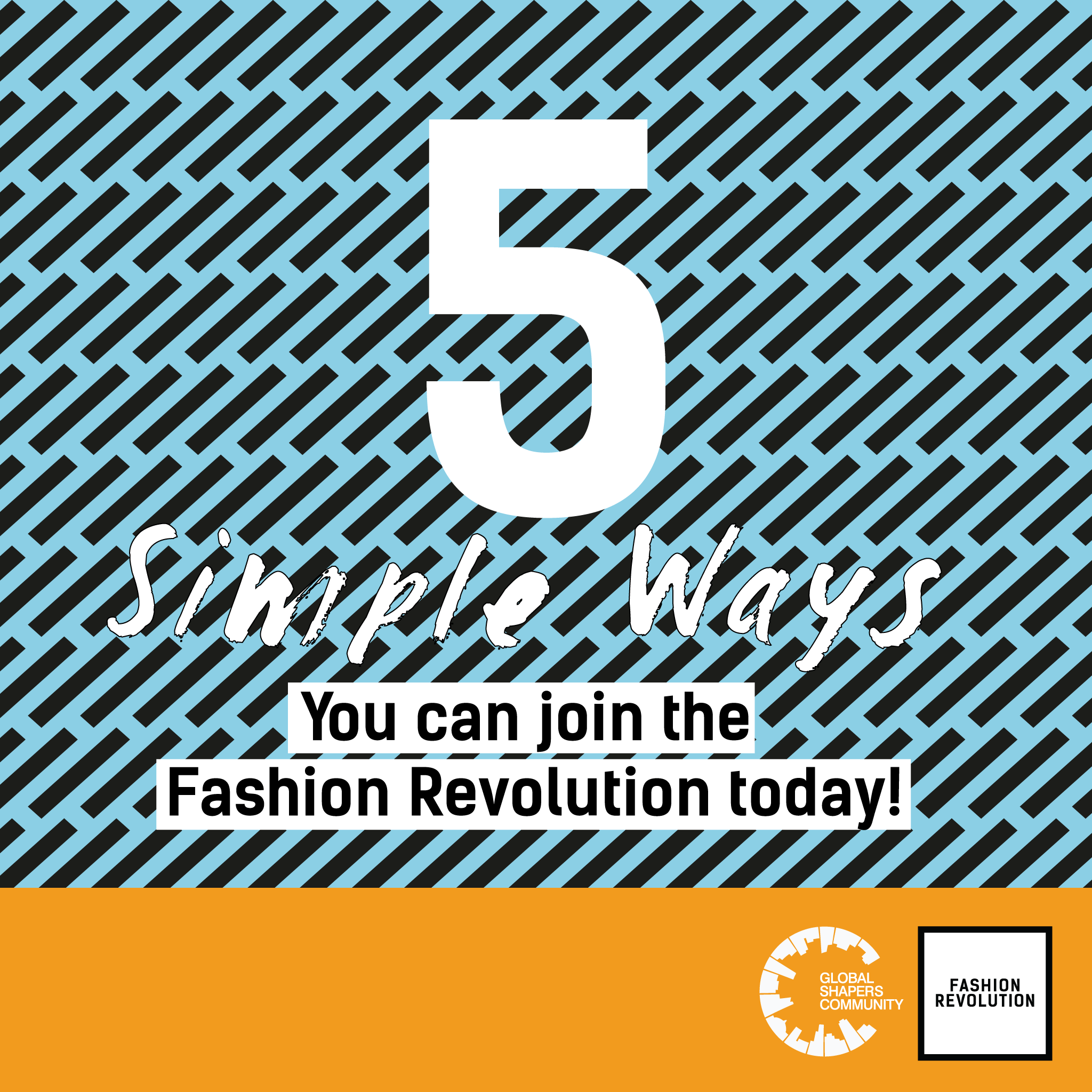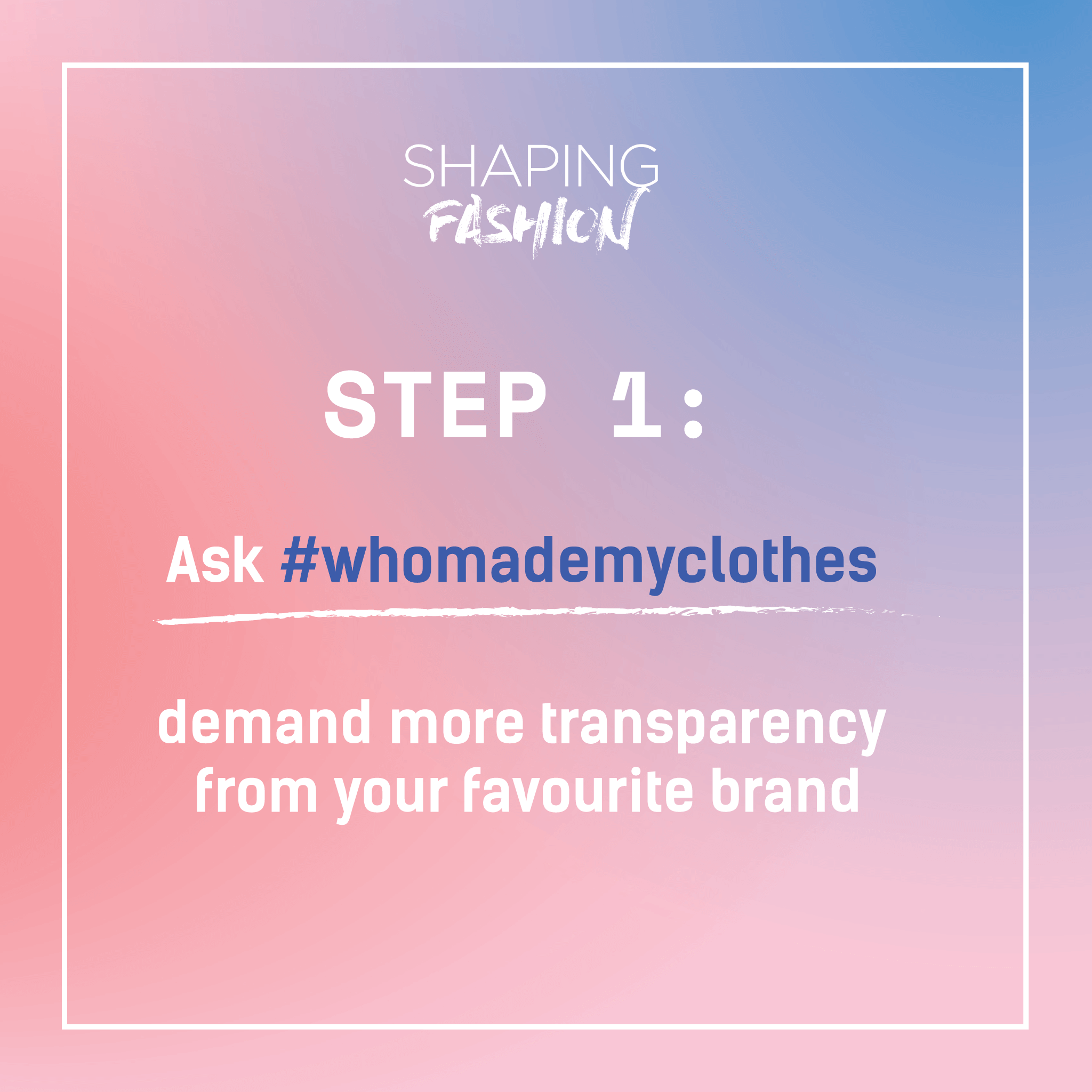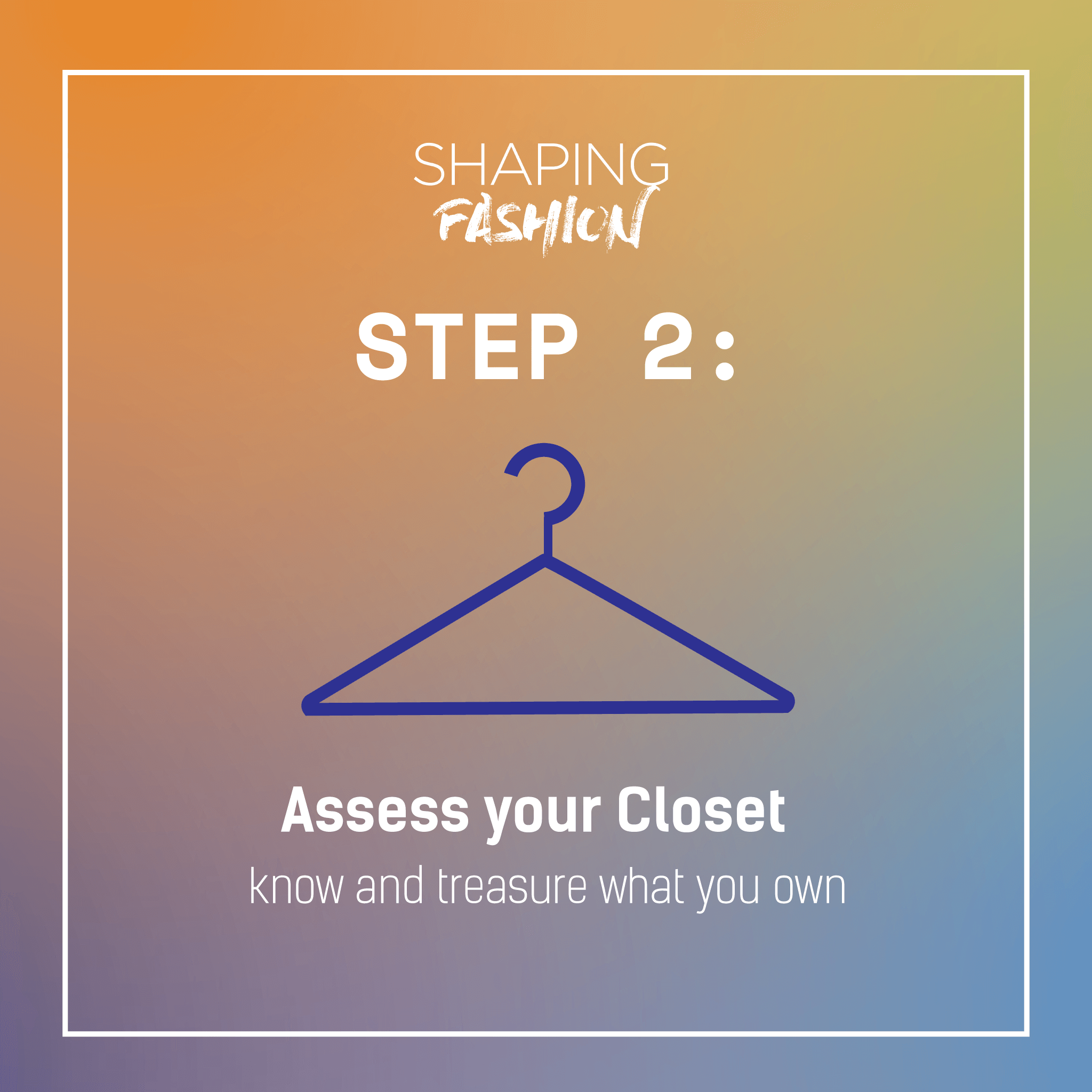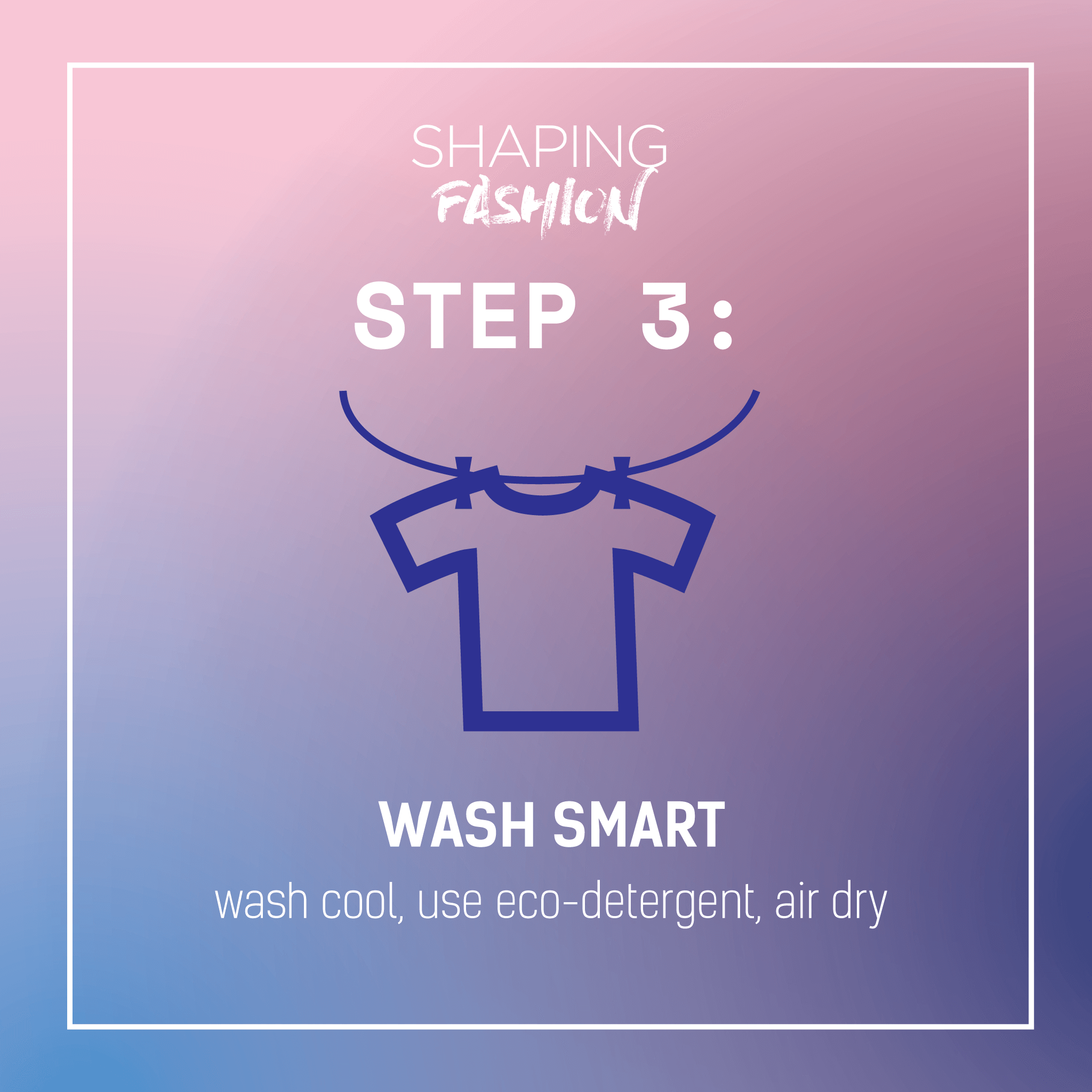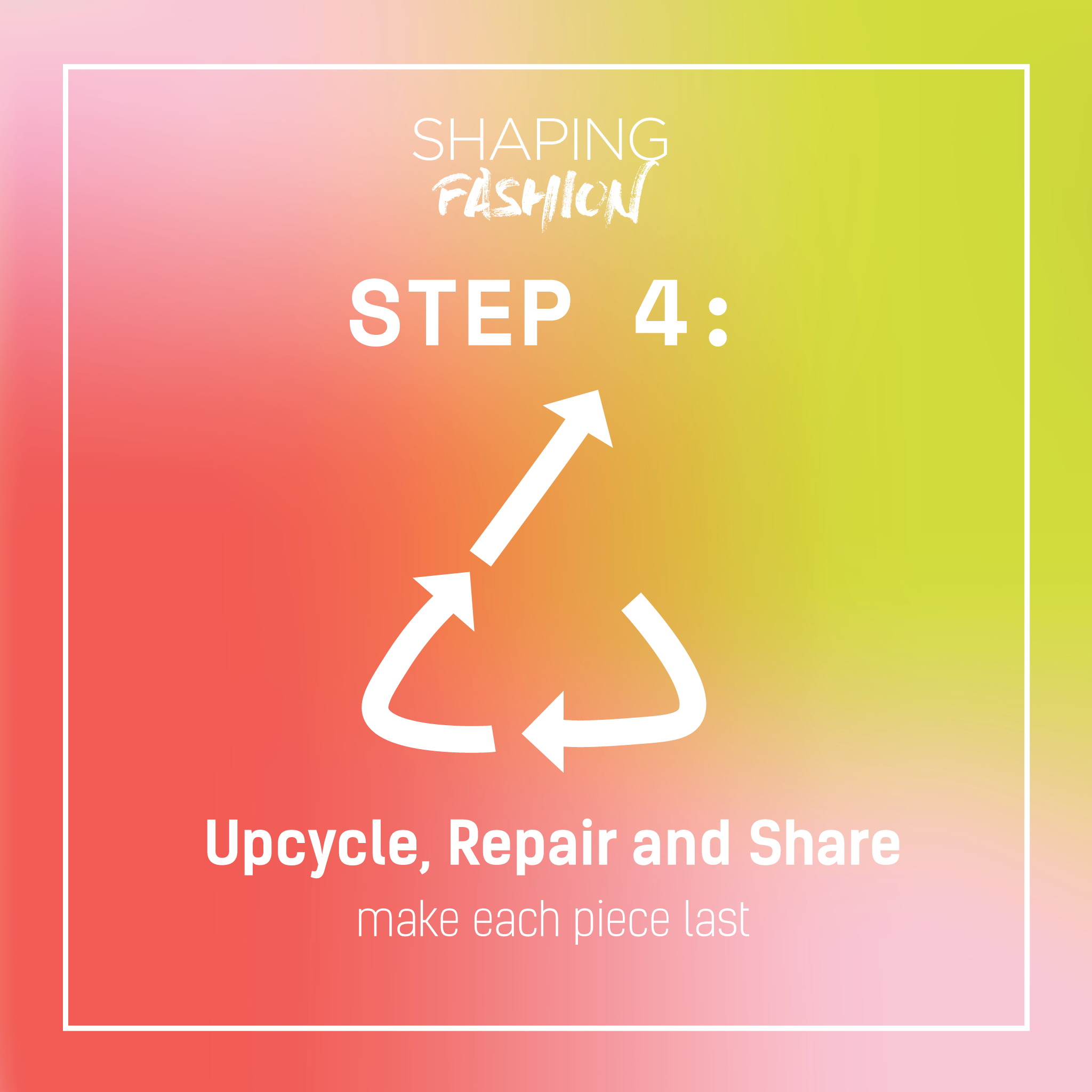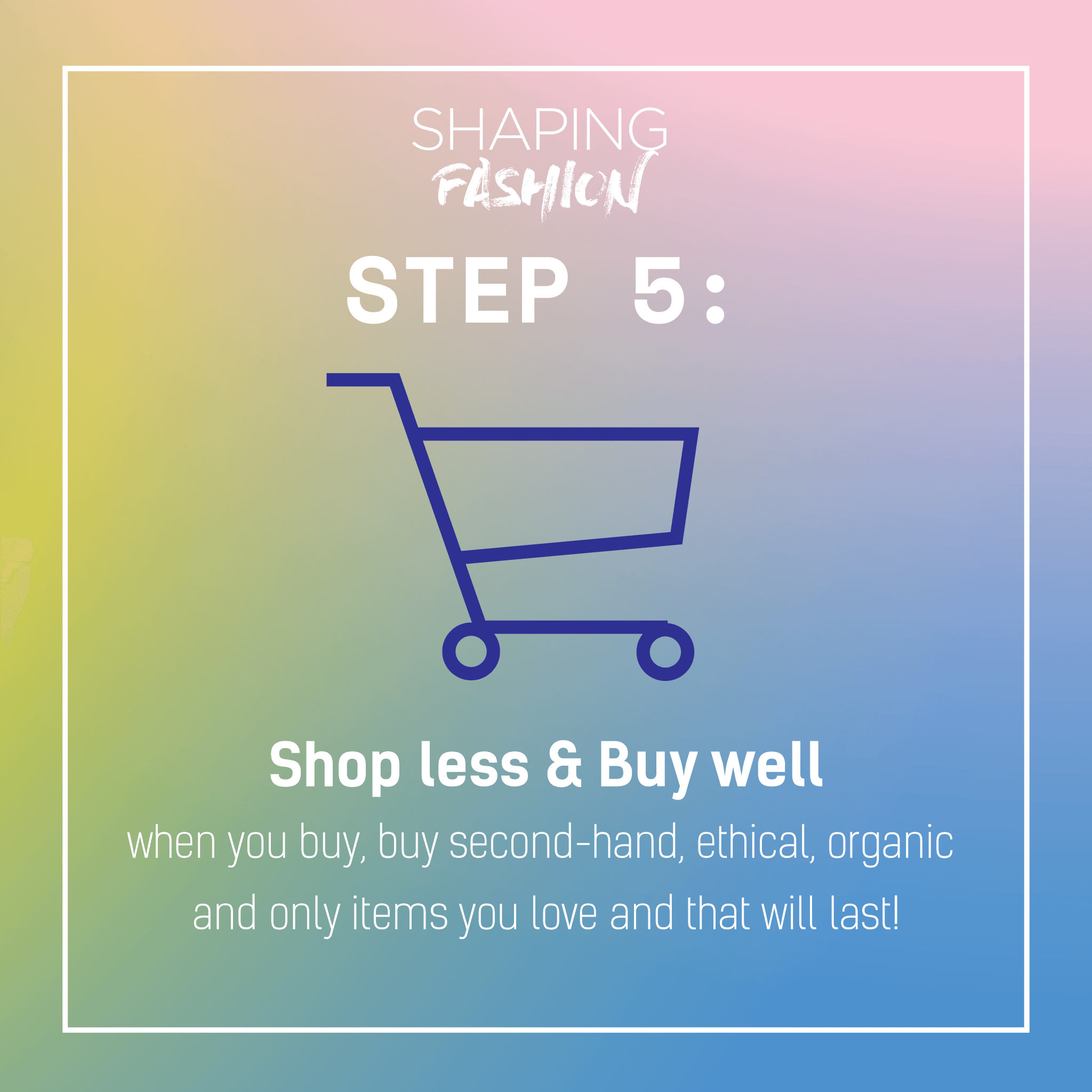Textiles

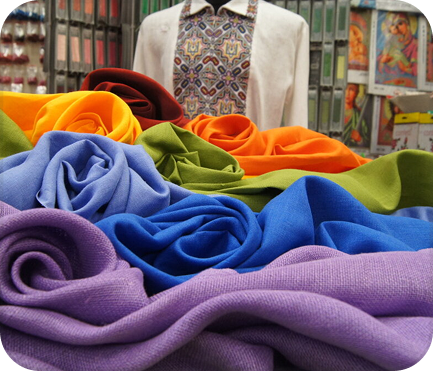
Textiles in a Circular Economy
The textile industry comprises of mainly three sectors: household, technical and fashion, with the garment industry making up to 65% of the overall total. The apparel market alone will grow to US$ 2.1 trillion by 2025. Textile manufacturing is mainly carried out in China, USA, India, Bangladesh and the European Union.
Heavily dependent on natural raw materials, including water, energy and synthetic materials sourced from petroleum, the textile industry will need to evolve to meet this growing demand.
Circular Fashion – 12 Principles for Industry
As part of the Circular Fashion Framework, Dr. Brismar has identified sixteen key principles,12 for industry and four for consumers, to support a more circular and sustainable fashion and textile industry. These principles are equally applicable to everyday apparel, sportswear, outdoor, and interior design.
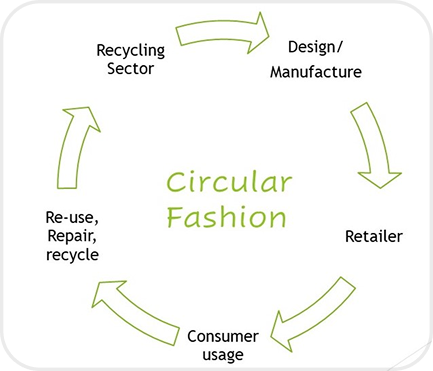
Design
Design is where the circular economy begins. Design determines what circular principles will be deployed and what degree of circularity will be achieved. To bring to life the 16 Key Principles for Circular Fashion (equally applicable for all textiles), design is the point of conception.
Supply Chain Sourcing
The fashion industry can improve their understanding of the art of assessing the environmental impact of fibres and textiles, gain a more nuanced view of fibres and their environmental performances. Thereby improving the design, selection and sourcing, contributing to greater knowledge by increasing transparency and knowledge-sharing, and expanding communication around the environmental advantages and disadvantages of fibres while being more vigilant for attempts of greenwashing.
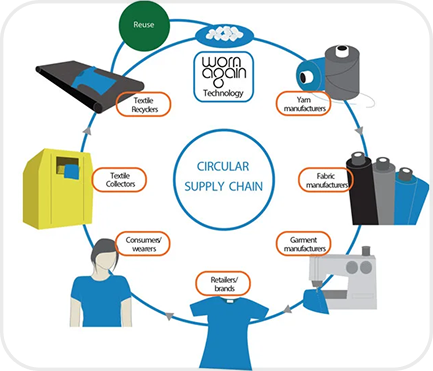
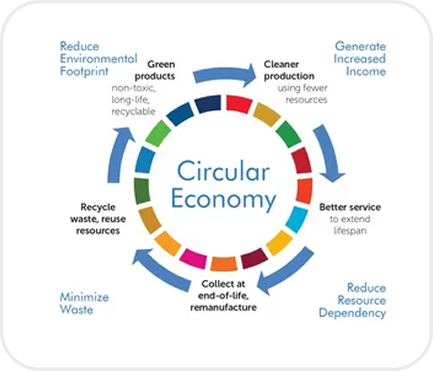
Service & Collaboration
Investors are really focused on plans for climate change,” said Natalie Grillon, CEO,Grillon said she had observed rising interest in data-sharing methods. “That’s interesting because the more we can share open data, you realize efficiencies there in collaboration, which is a cost-saving. That is something that hasn’t been tapped but is increasingly important
For some brands, ‘durability’ and ‘quality’ are interchangeable. As well as reducing the environmental footprint of clothing, durability helps to drive quality, which:
Safeguards against garment failure;
Strengthens brand reputation; and
Cements customer satisfaction and loyalty.
Circular Fashion – 4 Principles for Consumers
The four circular economy principles for consumers focuses on shifting consumer’s perceptions towards accepting recyclable or biodegradable textiles, alternative ways to consume garments and by expanding the value proposition of the circular economy through different touchpoints. For example, collecting and repairing its old jeans is a key focus of Nudie Jeans’ circular efforts, with the brand taking on an educative role to communicate the value of used textiles to its customers. In-store signs clearly communicate that the brand repairs its jeans for free and that customers receive a 20% discount on a new pair of jeans when they to drop off an old one.


The Knowledge Centre
Our Knowledge Centre holds an extraordinary amount of information, including research, reports and articles covering more than 50 different topics, including finance, ideas, legal, metrics and monitoring, policy and presentations, as well as images, infographics and movies

Information

Videos

